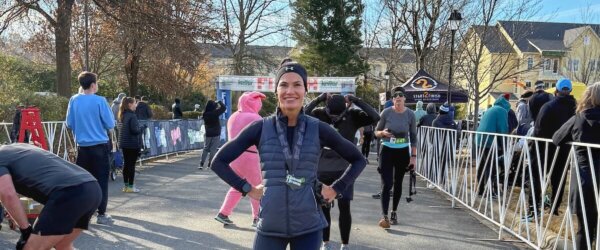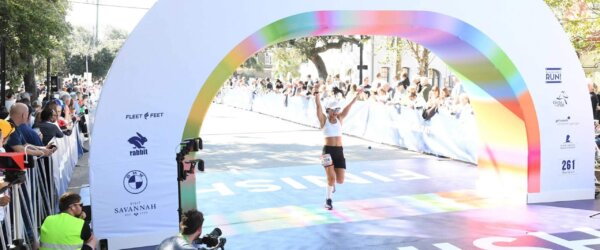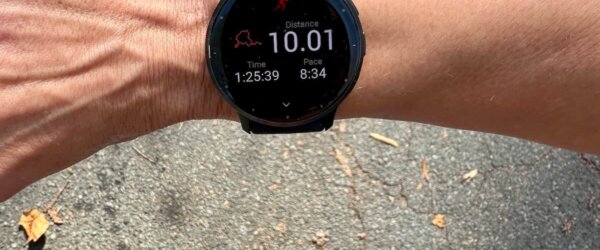Today I’m talking books and what I’ve been reading lately…but of the toddler mom variety! I’ve got quite the round up of 24 of our favorite books for 2 years old.
Finn and I read books together every day, usually multiple times a day. It’s always a part of our nap and bedtime routine and we often end up reading at other times throughout the day as well. It makes me happy that he enjoys reading and books so much and it’s really amazing to see how much he learns from them.

My favorite is catching him reading books to himself. We’ve read most of our books so many times that he can recite them/narrate them from memory and it’s so cute and sweet to hear him doing it.
It has been well over a year since I posted a round-up of our favorite toddler books and while we still enjoy many of the books on my 12-24 month list, we definitely have some new faves. It’s time to share an updated list of our favorite books at 2 years old!
READING WITH A 2 YEAR OLD
Reading with a 2 year old is quite the experience! Mostly, it’s extremely repetitive. Once Finn gets hooked on to a book there’s pretty much a guarantee that we will read it every single day (sometimes multiple times a day or multiple times in a row) for the foreseeable future. No wonder he’s memorized most of his favorite books word-for-word! Sometimes I groan internally when he tells me he wants to read “Mickey Mouse Kitten Sitters” for the 1,000th time but I never show that to him because I think it’s so awesome that he can still get so much enjoyment out of it after so much repetition.

I always let him choose the books we read. I usually tell him we’ll read “x” number of books before nap or bath and he gets to decide what they will be. He loves going over and perusing his bookshelf to select books. He takes this very seriously, haha.
One thing I’ve noticed as we get closer to three is that he has a lot more patience for and interest in longer books and books with short paragraphs. When we were reading in the 12-24 month age range, Finn preferred books that were mostly pictures and less than a sentence per page. These days he seems more interested in the actual story (while still LOVING the illustrations and pictures). He happily sits through much longer and more involved books now.
He still really enjoys interactive books like lift the flap (Trucks), tracing letters (A is for Apple) and matching (My First Book of Shapes).
24 OF OUR FAVORITE BOOKS FOR 2 YEARS OLD
*Please note that the links below are affiliate links.

1. And Here’s To You! This is a fun and silly book that celebrates diversity in our world. The text focuses on appreciation for all creatures big and small and on the love between parents and children. The illustrations are amazing!
2. My Very First Book of Shapes– Eric Carle is one of our favorite children’s authors. His books are simple and educational. My Very First Book of Shapes is unique because it features split pages where the child can match the shape with a real life example of it. For example, matching a circle with the sun or a triangle with a teepee.
3. There’s A Bear On My Chair – this is just a silly book with fun illustrations and rhyming.
4. The Runaway Bunny – this is such a sweet book about how a mother bunny always finds her little bunny in an imaginary game of hide-and-seek. I think Finn loves it so much because he’s really grasping the concept that I’ll always come home/come back/etc when I leave. So often I get home from work or getting him from his dad and he says things like, “Mommy, you came back for me.”
5. My Big Animal Book – this is an awesome oversized board book with bright and colorful pictures of various animals. This one doesn’t have text other than the labeling of the animals but it’s great for learning animals. I also like how each page is categorized birds, farm animals, pets, etc.
6. The Little Blue Truck – The Little Blue Truck is just everything. We can’t get enough of these books. We have three LBT books and I just ordered Little Blue Truck Springtime for Finn’s Easter Basket. The Little Blue Truck book that I am listing here has lots of fun farm animals and a lesson on friendship and helping others.

7. I Love You to the Moon and Back – this is a sweet book with a meaningful message about unconditional love.
8. Chicka Chicka Boom Boom – first, the rhyming in this one is super fun. Second, it’s great for learning the alphabet.
9. Perfect Piggies – Sandra Boynton is up there with Eric Carle for our favorite children’s author. We have so many of her books. We’ve had two favorites this year – Perfect Piggies and Dinosaur Dance (which you’ll see below). Finn thinks it’s hysterical to say perfect piggies. “We are all perfect piggies and we know what we need. It’s really very simple, very simple indeed: a troughful of food, a place in the sun, and a little bit of comfort when the day is done.”
10. Polar Bear, Polar Bear, What Do You Hear– wonderful illustrations. This book is repetitive, easy to read and great for teaching speech/pronunciation, animal sounds and colors. We also adore Brown Bear, Brown Bear, What Do You See.
11. Hooray for Fish – where do I even start with this one!? It’s just SO much fun! Hooray for fish is so colorful and engaging. Finn loves so many things about it, one of which is counting the fish as the number of them in the school gets bigger and bigger.
12. Trucks – as I mentioned earlier, Finn really enjoys lift-the-flap books and this one is awesome! There are multiple flaps on each page and underneath them there is more information about the truck on that page. Each page of this book focuses on a different type of truck (digger, fire truck, mail truck, etc) and includes a surprising amount of detailed information about each.

13. Dinosaur Dance – this was our favorite Boynton book of 2 years old. Finn is so into dinosaurs and I swear this book taught him triceratops, velociraptor, stegosaurus, tyrannosaurs and more. We both love the “tiny little dino” in the book. “Tiny little dino goes deedly-dee. I don’t know his name, what could it be.”
14. A Is For Apple – this is an awesome book for learning the alphabet. Each page has a letter that your child can trace with their finger as well as a lift the flap for things that start with that letter. Very interactive and engaging.
15. Go, Dog, Go! – such a fun book full of dogs and things that go. Note, there is a full-length version of this book and an abbreviated board book version. We have the full-length and that’s what I recommend.
16. Love You Forever – oh my gosh, I feel like this one needs no explanation because it’s so well-known. When Finn first got hooked on this book I seriously cried every single time I read it. These days, I can keep it together and get through the book without crying. Ever since we started reading this book Finn and I have a thing now where I ask him what he is and he replies, “Mommy’s baby boy EVER!” (forever)
17. Corduroy – this book is over 50 years old and a classic for any child’s library. It’s a heartwarming story about not needing to be perfect to be worthy of love.
18. 5-Minute Mickey Mouse Stories – I ordered this book for Finn for Christmas and have been surprised by how much he enjoys it. This is a substantial book and there are 12 mini stories in it that take about 5 minutes each to read. This was the first paragraph/longer story book that Finn got hooked on. Love seeing his attention span grow!

19. Paw Patrol Potty Time – I got this book to help get Finn pumped up for potty training. It’s a great book because it talks about all the different parts of learning to go potty (feeling the urge, stopping playing, getting to the bathroom, sitting and being patient to go, flushing, washing hands, etc). It also has fun buttons and sound effects to engage your child.
20. Only One You – Finn is obsessed with the illustrations in this book and it has a positive message of celebrating that there’s only one you in this world and to make it a better place. This is one that I can see us reading for years to come and even making our own painted rockfish at some point.
21. Fa La La – oh man, if y’all knew how many times I’ve read Fa La La and how many times I’ve read it nowhere close the the holidays you would laugh. This is a great holiday book and helped Finn learn about holiday traditions and symbols.
22. Goodnight Moon – another classic. You just have to have this one on your bookshelf. It surprises me how much Finn loves it for how simple it is.
23. Goodnight Yoga – the illustrations in this book are gorgeous. It tells the story of how things in nature wind down for the night while teaching children simple yoga poses based on the animals/creatures in the book. Finn chooses to read this one often and I hope soon we can start doing the yoga poses together.
24. The Very Hungry Caterpillar – another Eric Carle favorite! This one features die-cut pages and is great for teaching counting and days of the week.

I am looking forward to continuing to learn and explore through books with Finn, and to continue to grow our library. I just ordered some new books for his Easter Basket!
QUESTIONS
I’d love to hear your favorite books for 2-3 year olds! I’d especially love your recommendations for books that have life lessons around things like families looking different, taking care of our planet, diversity, celebrating differences/uniqueness, body positivity, etc.
Does your child tend to get hooked on certain books? What books have you read so many times that you can recite them from memory and do the internal groan when they’re brought to you?










